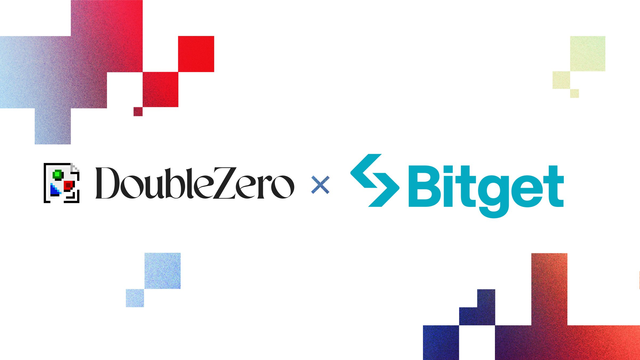What are the options available for improving blockchain infrastructure in DeFi?
I don’t know if it’s just me, but one of the biggest problems in DeFi and Web3 that doesn’t get much attention is infrastructure—specifically how networks handle data, bandwidth, and latency for decentralized applications.
I hadn’t really thought about this until recently, when I was reading about a few DePIN and infrastructure projects on CMC. A lot of DeFi protocols rely on fast, reliable networks, but many decentralized applications still struggle with delays or bandwidth bottlenecks, which can directly affect user experience and transaction efficiency.
I also realized that contributors like people running nodes, providing bandwidth, or sharing infrastructure don’t always have clear ways to participate or get compensated. Even if projects try to incentivize them, it’s not always obvious how accessible these systems are to average users.
One example I saw is DoubleZero, which aggregates private fiber links into a network optimized for distributed systems and uses a two-ring architecture to manage traffic flow efficiently. It made me think more broadly about the question: what kinds of infrastructure solutions exist in DeFi, and how practical are they for everyday users to participate in?
Bitget has historically listed some of these DePIN projects early, which raises another question, how important is early access to infrastructure-focused projects for the broader DeFi ecosystem?
What other approaches or models exist for tackling network performance and participation issues in DeFi, and are they really accessible to average users?
